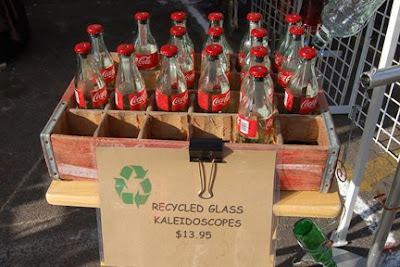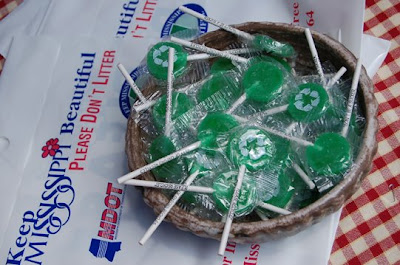Support the Mississippi Innocence Project
The Mississippi Innocence Project identifies,investigates and litigates meritorious claims of innocenceon behalf of Mississippi prisoners serving lengthy periodsof incarceration.
Support the Mississippi Innocence Project
The Mississippi Innocence Project identifies,investigates and litigates meritorious claims of innocenceon behalf of Mississippi prisoners serving lengthy periodsof incarceration.
 Danny Hargett planted corn and, for the first time, no cotton on his land in Mississippi.
Danny Hargett planted corn and, for the first time, no cotton on his land in Mississippi. 
 Check out Let's Go Walkin' Mississippi to find great places to walk in your county, and to see what local schools are up to: http://www.letsgowalkinmississippi.com/
Check out Let's Go Walkin' Mississippi to find great places to walk in your county, and to see what local schools are up to: http://www.letsgowalkinmississippi.com/
 There were certainly other vendors selling recycled or repurposed items, but this booth immediately drew me in, and I bought a piece.
There were certainly other vendors selling recycled or repurposed items, but this booth immediately drew me in, and I bought a piece. It was also a Momfest, with a mass exodus from Avent Park, nearly all the moms in Oxford brought their kids to the grove for some carnival style fun. Many folks brought their pets!
It was also a Momfest, with a mass exodus from Avent Park, nearly all the moms in Oxford brought their kids to the grove for some carnival style fun. Many folks brought their pets! The students and vendors had multiple stations set up in front of the Union. Trashcans for recycling were obvious and plentiful. There was even this little one specifically for plastic bags.
The students and vendors had multiple stations set up in front of the Union. Trashcans for recycling were obvious and plentiful. There was even this little one specifically for plastic bags. It was the first truly hot day of Spring. I think the temperature nearly reached 90 degrees that afternoon. It was a good thing that the University provided transportation from the Ford Center parking lot up to the Union.
It was the first truly hot day of Spring. I think the temperature nearly reached 90 degrees that afternoon. It was a good thing that the University provided transportation from the Ford Center parking lot up to the Union. All kinds of vendors were on campus pushing their wares. I loved these little, "Anamalz" they were cute, and they've got a great website!
All kinds of vendors were on campus pushing their wares. I loved these little, "Anamalz" they were cute, and they've got a great website! This was by far the best installation. These large feet represent, of course, an example of each country's carbon footprint. I believe that the "t pp" means tons per person.
This was by far the best installation. These large feet represent, of course, an example of each country's carbon footprint. I believe that the "t pp" means tons per person.Thanks to everyone who contributed to the huge effort on campus and beyond that was Green Week 2009! The week was a huge success, I've heard nothing but great things from everyone who participated.
 Every little kid's dream: Operating a huge claw machine.
Every little kid's dream: Operating a huge claw machine. This trailer is completely full of crushed aluminum cans.
This trailer is completely full of crushed aluminum cans. Pricing for metals to be recycled. (PS: Recyling pennies is illegal! So don't go bring Liberty your piggy bank!)
Pricing for metals to be recycled. (PS: Recyling pennies is illegal! So don't go bring Liberty your piggy bank!)

